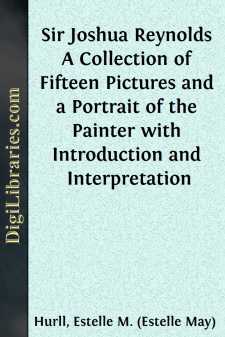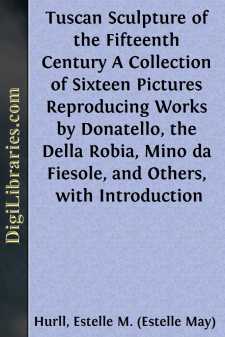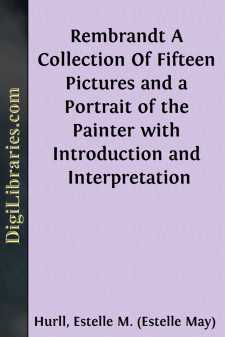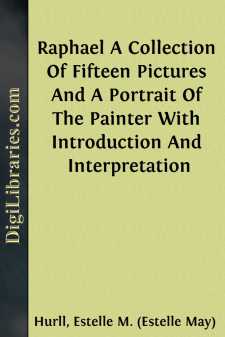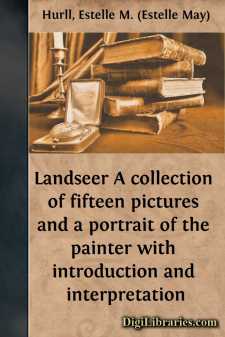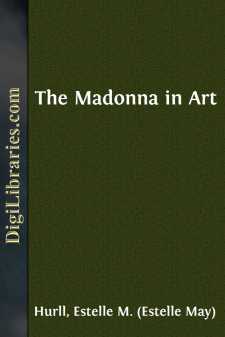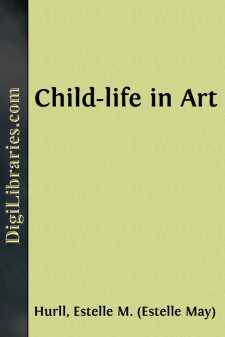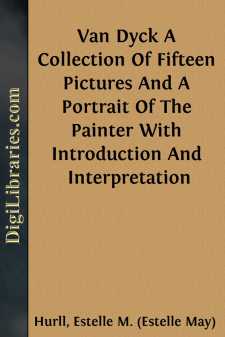Categories
- Antiques & Collectibles 13
- Architecture 36
- Art 48
- Bibles 22
- Biography & Autobiography 813
- Body, Mind & Spirit 142
- Business & Economics 28
- Children's Books 15
- Children's Fiction 12
- Computers 4
- Cooking 94
- Crafts & Hobbies 4
- Drama 346
- Education 46
- Family & Relationships 57
- Fiction 11828
- Games 19
- Gardening 17
- Health & Fitness 34
- History 1377
- House & Home 1
- Humor 147
- Juvenile Fiction 1873
- Juvenile Nonfiction 202
- Language Arts & Disciplines 88
- Law 16
- Literary Collections 686
- Literary Criticism 179
- Mathematics 13
- Medical 41
- Music 40
- Nature 179
- Non-Classifiable 1768
- Performing Arts 7
- Periodicals 1453
- Philosophy 64
- Photography 2
- Poetry 896
- Political Science 203
- Psychology 42
- Reference 154
- Religion 513
- Science 126
- Self-Help 84
- Social Science 81
- Sports & Recreation 34
- Study Aids 3
- Technology & Engineering 59
- Transportation 23
- Travel 463
- True Crime 29
Sir Joshua Reynolds A Collection of Fifteen Pictures and a Portrait of the Painter with Introduction and Interpretation
Categories:
Description:
Excerpt
I. ON THE ART OF REYNOLDS
The name of Sir Joshua Reynolds holds a place of honor among the world's great portrait painters. To appreciate fully his originative power one must understand the disadvantages under which he worked. His technical training was of the meagrest kind, and all his life he was hampered by ignorance of anatomy. But on the other hand he combined all those peculiar qualities of the artist without which no amount of technical skill can produce great portrait work.
He had, in the first place, that indefinable quality of taste, which means so much in portraiture. His was an unerring instinct for poise, drapery, color, and composition. Each of his figures seems to assume naturally an attitude of perfect grace; the draperies fall of their own accord in beautiful lines.
Reynolds knew, too, the secret of imparting an air of distinction to his sitters. The meanest subject was elevated by his art to a position of dignity. His magic touch made every child charming, every woman graceful, and every man dignified.
Finally, he possessed in no small degree, though curiously enough entirely disclaiming the quality, the gift of presenting the essential personality of the sitter, that which a critic has called the power of "realizing an individuality." This is seen most clearly in his portraits of men, and naturally in the portraits of the men he knew best, as Johnson.
It is a matter of constant amazement in studying the works of Reynolds to observe his "inexhaustible inventiveness in pose and attitude." For each new picture he seemed always to have ready some new compositional motive. Claude Phillips goes so far as to say that in the whole range of art Rembrandt alone is his equal in this respect. This versatility was due in a measure to his story-telling instinct. His imagination seemed to weave some story about each sitter which the picture was intended, as it were, to illustrate. From Lord Heathfield, refusing to yield the keys of Gibraltar, to little Miss Bowles, dropping on the ground in the midst of her romp, through the long range of mothers playing with their children, there seems no end to the variety of lively incident which he could invent.
The pose of the sitter suggests some dramatic moment in the imaginary episode. Often the attitude is full of action, as in the Miss Bowles, and at times there is a striking impression of motion, as in Pickaback. So strong is the dramatic effect conveyed by these pictures that the figures seem actually taken unaware in the very act of performance, as by a snapshot in modern photography. This quality of "momentariness," as Phillips calls it, so dangerous in the hands of a commonplace painter, lends a peculiar fascination to many of Reynolds's pictures. That he also appreciated the beauty of repose we see in such portraits as Penelope Boothby and Anne Bingham.
Reynolds's inventiveness was so overtaxed by his enormous number of sitters that it is scarcely to be wondered at that it sometimes failed him. Occasionally he resorted to such artificial devices as were common among his contemporaries. Such fresh inspirations as the Strawberry Girl and Master Bunbury could come but rarely in a lifetime. The spontaneity of Miss Bowles is perhaps unexcelled in all his works.
Reynolds's compositional schemes are of an academic elegance reminiscent of Raphael. He knew well how to accomplish the flow of line, the balance of masses, the symmetry of outline, which produce a harmonious effect. A variety of designs were at his command, from the well-worn but always effective pyramidal form illustrated in many single figures, to those more novel forms he invented for groups such as Lady Cockburn and the Duchess of Devonshire.
Reynolds was frankly a borrower from many sources. In the Roman, the Bolognese, the Venetian, Flemish, and Dutch schools, he found something to appropriate and make his own. From Rembrandt he took suggestions of lighting, and such sombre color harmonies as are seen in the portrait of Mrs. Siddons. Something of bloom and splendor he caught from the florid Rubens; something of the decorative effectiveness of such pictures as Lady Cockburn may be traced to the influence of Titian and the Venetians. Yet to all that he borrowed, Reynolds added his own individual touch. As a critic has said, he was always Reynolds from first to last.
Much has been written of the evanescence of Reynolds's colors....


